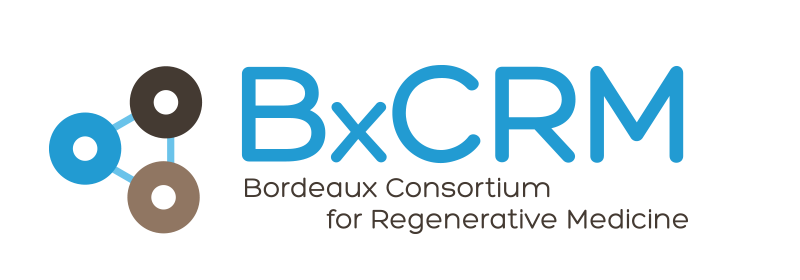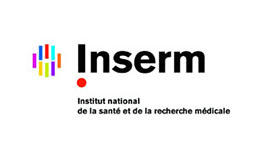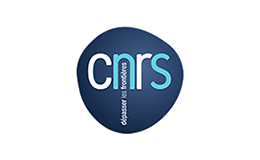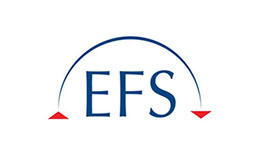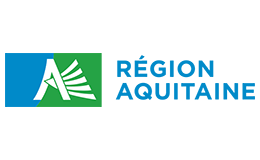Vascular Biology for Regenerative Medicine
The generation of new blood vessels by angiogenesis, is not only essential for embryonic development, postnatal growth and wound healing but also contributes significantly to pathological conditions. Insufficient angiogenesis leads to tissue ischemia, whereas excessive vascular growth promotes cancer, or chronic inflammatory disorders.

This has led to the development of a number of therapies aimed at modulating vessel growth in patients with angiogenesis-related diseases.
The challenge of this task is to identify the specific parameters of the vessel itself and of its network in order to propose new strategies to promote the formation of a functional vascular network in repairing areas and to use these parameters for the improvement of engineered vessel production and creation of new vascularized biomaterials. This task will deal with the interaction of blood vessels with a normal or pathological environment, in the context of tissue regeneration.
The following tasks developed here are:
- Outer triggers of vessel organization: A number of tissue elements are able to interact with the forming vessels to organize in functional network. In particular, we are interested in elucidated by the role played by nerves and extracellular matrix
- Inner triggers of vessel organization: positioning of vascular cells in the growing vessel is of main importance for the formation of a new functional network
- The role of podosomes formation in vessel remodelling
- Vessel remodelling: inward versus outward remodelling
This program is in interaction with the vascular tissue engineering approach and research on an alternative vessel source using natural or synthetic tissue engineered materials as scaffolds (for replacement of small caliber vessels < 6mm).
Representative publications
- MJ Jacobin-Valat*, J Laroche-Traineau*, M Larivière, S Mornet, S Sanchez, M Biran, C Lebaron, J Boudon, S Lacomme, M Cérutti, G Clofent-Sanchez. Nanoparticles functionalised with an anti-platelet human antibody for in vivo detection of atherosclerotic plaque by Magnetic Resonance Imaging. Nanomedicine, in press
- Yao Q, Renault MA, Chapouly C, Vandierdonck S, Belloc I, Jaspard-Vinassa B, Daniel Lamazière JM, Laffargue M, Merched A, Desgranges C, Gadeau AP: Sonic hedgehog mediates a novel pathway of PDGF-BB-dependent vessel maturation. Blood 2014, 123:2429-2437.
- Seano G, Daubon T, Génot E, Primo L. Podosomes as novel players in endothelial biology. Eur J Cell Biol. 2014 Oct;93(10-12):405-12.
- Leroux L, Descamps B, Tojais NF, Seguy B, Oses P, Moreau C, Daret D, Ivanovic Z, Boiron JM, Lamaziere JM, Dufourcq P, Couffinhal T, Duplaa C: Hypoxia preconditioned mesenchymal stem cells improve vascular and skeletal muscle fiber regeneration after ischemia through a Wnt4-dependent pathway. Mol Ther 2010, 18:1545-1552.
- Billaud M, Marthan R, Savineau JP, Guibert C. Vascular smooth muscle modulates endothelial control of vasoreactivity via reactive oxygen species production through myoendothelial communications. PLoS One. 2009, 4(7):e6432.
Coordinators
T. Couffinhal (Inserm U 1034), E. Genot (Inserm U 1045) and AP. Gadeau (Inserm U 1034)
